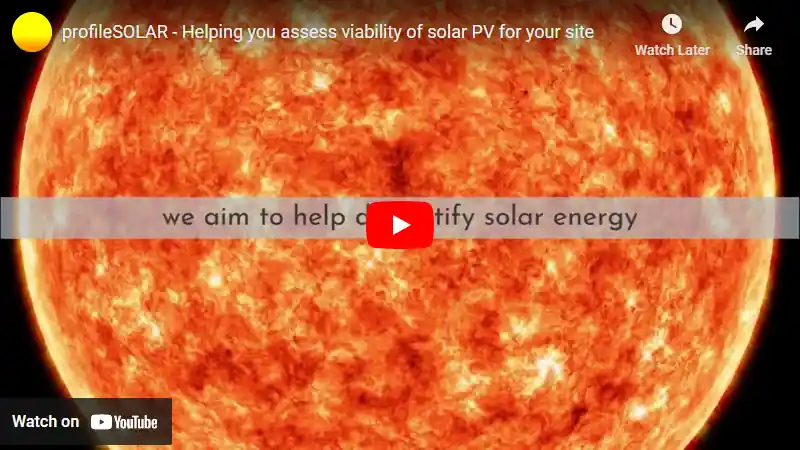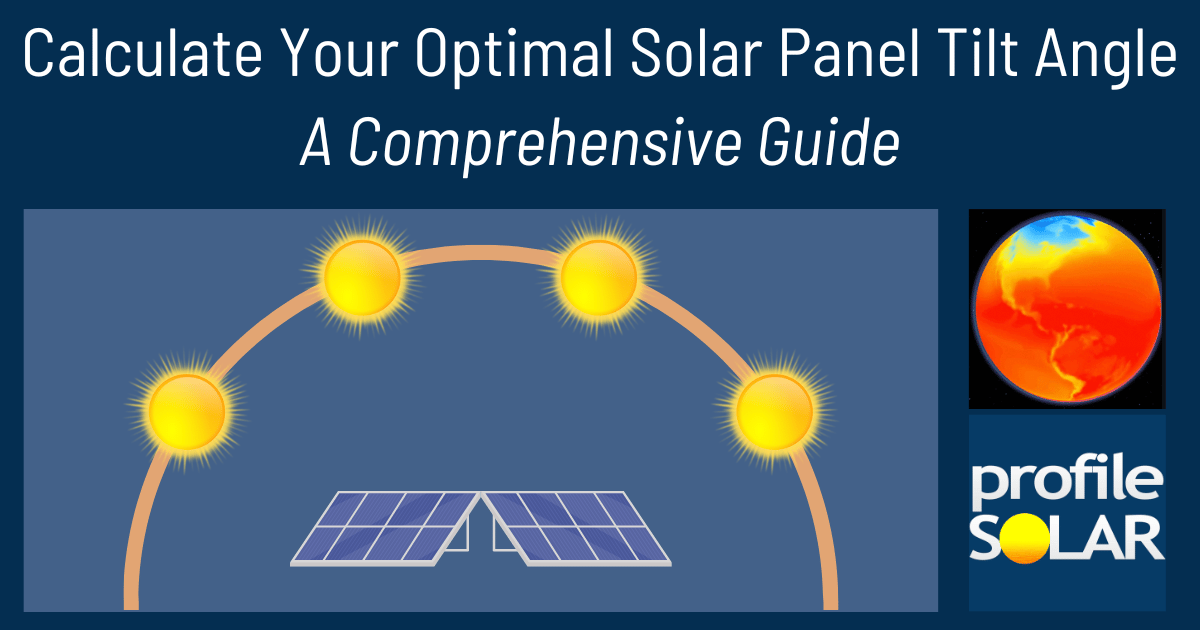

Solar Energy Potential in Usk, Washington
Usk, Washington, United States, located in the Northern Temperate Zone, presents significant seasonal variations in solar energy production potential. This location experiences strong contrasts between summer abundance and winter scarcity when it comes to solar energy generation. During summer months, Usk delivers excellent solar performance with an average of 7.17kWh per day for each kilowatt of installed solar capacity. Spring also offers good production with 5.41kWh/day per installed kilowatt. These two seasons represent the prime solar harvesting periods at this location. However, autumn production drops considerably to 2.67kWh/day, and winter performance falls dramatically to just 1.27kWh/day per kilowatt installed. This winter figure represents less than 18% of the summer production rate, indicating a significant seasonal challenge for year-round solar dependence.Optimal Panel Installation
For fixed solar panel installations in Usk, the ideal tilt angle to maximize year-round energy production is 40 degrees facing South. This angle has been calculated by analyzing the daily solar elevation angles at this latitude and weighting them according to daily photovoltaic potential.Environmental and Weather Considerations
Several significant local factors may impede solar production in Usk:- Winter snow accumulation can cover panels and dramatically reduce output during already low-production months
- The region experiences frequent cloud cover, particularly during winter months
- Forest fire smoke in summer months (increasingly common in the Pacific Northwest) can temporarily reduce solar efficiency
- Dust and pollen accumulation from surrounding forested areas
- Steep panel mounting (the recommended 40-degree tilt helps with snow shedding)
- Accessible panel placement for manual snow removal when necessary
- Regular cleaning schedule to address pollen and dust buildup
- Consider incorporating battery storage to balance seasonal production differences
- Automated or manual panel cleaning systems
Note: The Northern Temperate Zone extends from 35° latitude North up to 66.5° latitude.
So far, we have conducted calculations to evaluate the solar photovoltaic (PV) potential in 3064 locations across the United States. This analysis provides insights into each city/location's potential for harnessing solar energy through PV installations.
Link: Solar PV potential in the United States by location
Solar output per kW of installed solar PV by season in Usk
Seasonal solar PV output for Latitude: 48.3138, Longitude: -117.2797 (Usk, United States), based on our analysis of 8760 hourly intervals of solar and meteorological data (one whole year) retrieved for that set of coordinates/location from NASA POWER (The Prediction of Worldwide Energy Resources) API:




Ideally tilt fixed solar panels 40° South in Usk, United States
To maximize your solar PV system's energy output in Usk, United States (Lat/Long 48.3138, -117.2797) throughout the year, you should tilt your panels at an angle of 40° South for fixed panel installations.
As the Earth revolves around the Sun each year, the maximum angle of elevation of the Sun varies by +/- 23.45 degrees from its equinox elevation angle for a particular latitude. Finding the exact optimal angle to maximise solar PV production throughout the year can be challenging, but with careful consideration of historical solar energy and meteorological data for a certain location, it can be done precisely.
We use our own calculation, which incorporates NASA solar and meteorological data for the exact Lat/Long coordinates, to determine the ideal tilt angle of a solar panel that will yield maximum annual solar output. We calculate the optimal angle for each day of the year, taking into account its contribution to the yearly total PV potential at that specific location.

Seasonally adjusted solar panel tilt angles for Usk, United States
If you can adjust the tilt angle of your solar PV panels, please refer to the seasonal tilt angles below for optimal solar energy production in Usk, United States. As mentioned earlier, for fixed-panel solar PV installations, it is optimal to maintain a 40° South tilt angle throughout the year.
| Overall Best Summer Angle | Overall Best Autumn Angle | Overall Best Winter Angle | Overall Best Spring Angle |
|---|---|---|---|
| 32° South in Summer | 51° South in Autumn | 62° South in Winter | 40° South in Spring |
Our recommendations take into account more than just latitude and Earth's position in its elliptical orbit around the Sun. We also incorporate historical solar and meteorological data from NASA's Prediction of Worldwide Energy Resources (POWER) API to assign a weight to each ideal angle for each day based on its historical contribution to overall solar PV potential during a specific season.
This approach allows us to provide much more accurate recommendations than relying solely on latitude, as it considers unique weather conditions in different locations sharing the same latitude worldwide.
Calculate solar panel row spacing in Usk, United States
We've added a feature to calculate minimum solar panel row spacing by location. Enter your panel size and orientation below to get the minimum spacing in Usk, United States.
Our calculation method
- Solar Position:
We determine the Sun's position on the Winter solstice using the location's latitude and solar declination. - Shadow Projection:
We calculate the shadow length cast by panels using trigonometry, considering panel tilt and the Sun's elevation angle. - Minimum Spacing:
We add the shadow length to the horizontal space occupied by tilted panels.
This approach ensures maximum space efficiency while avoiding shading during critical times, as the Winter solstice represents the worst-case scenario for shadow length.
Topography for solar PV around Usk, United States
The landscape surrounding Usk, located in northeastern Washington state, is characterized by diverse topographical features typical of the Selkirk Mountains region. Usk sits in the Pend Oreille River valley, with the river itself flowing northward nearby before eventually crossing into Canada. The terrain consists of a relatively flat valley floor surrounded by rolling hills that gradually rise to more substantial mountains. The valley where Usk is situated provides a stark contrast to the surrounding elevated terrain. This valley floor, carved by the Pend Oreille River over millennia, offers some of the flatter areas in the region, though they are somewhat limited in expanse. Moving away from the immediate river valley, the landscape quickly transitions to foothills and then to the more dramatic relief of the Selkirk Mountains, with some peaks reaching several thousand feet above the valley floor.
Solar PV Potential Areas
For large-scale solar photovoltaic installations near Usk, the most suitable areas would likely be found on the south-facing slopes and plateaus that receive maximum solar exposure. The relatively open areas of the valley floor, particularly those not subject to flooding or heavy forest cover, present potential sites for solar development. These lower elevation zones offer easier access for construction and maintenance, though they may experience some shading from surrounding mountains, particularly during winter months when the sun's path is lower across the sky. The gently sloping hillsides facing south or southwest, especially those that have been previously cleared for agriculture or other purposes, would be particularly advantageous for solar collection. These areas benefit from reduced morning fog that can settle in valley bottoms and experience less shading from adjacent terrain features. It's worth noting that the mountainous nature of the broader region creates numerous microclimates, with some areas receiving significantly different patterns of cloud cover and precipitation than others just a few miles away. The more elevated plateaus above the valley, particularly those with minimal forest cover, might offer excellent solar exposure despite the northern latitude. The topographical constraints in this region mean that any large-scale solar installation would need careful site selection to maximize efficiency. The most promising zones would be those combining relatively flat or gently sloping terrain with southern exposure and minimal natural shading from the surrounding mountains. Areas that have already been disturbed by human activity, such as former agricultural lands or logged areas, would present fewer environmental concerns for development compared to pristine forest lands.United States solar PV Stats as a country
United States ranks 2nd in the world for cumulative solar PV capacity, with 95,209 total MW's of solar PV installed. This means that 3.40% of United States's total energy as a country comes from solar PV (that's 26th in the world). Each year United States is generating 289 Watts from solar PV per capita (United States ranks 15th in the world for solar PV Watts generated per capita). [source]
Are there incentives for businesses to install solar in United States?
Yes, there are several incentives for businesses wanting to install solar energy in the United States. These include federal tax credits, state and local rebates, net metering policies, and renewable energy certificates (RECs). Additionally, many states have enacted legislation that requires utilities to purchase a certain amount of electricity from renewable sources such as solar.
Do you have more up to date information than this on incentives towards solar PV projects in United States? Please reach out to us and help us keep this information current. Thanks!
Citation Guide
Article Details for Citation
Author: Aaron Robinson
Publisher: profileSOLAR.com
First Published: Wednesday 25th of June 2025
Last Updated: Friday 27th of June 2025
Tell Us About Your Work
We love seeing how our research helps others! If you've cited this article in your work, we'd be delighted to hear about it. Drop us a line via our Contact Us page or on X, to share where you've used our information - we may feature a link to your work on our site. This helps create a network of valuable resources for others in the solar energy community and helps us understand how our research is contributing to the field. Plus, we occasionally highlight exceptional works that reference our research on our social media channels.
Feeling generous?

Share this with your friends!


Compare this location to others worldwide for solar PV potential
The solar PV analyses available on our website, including this one, are offered as a free service to the global community. Our aim is to provide education and aid informed decision-making regarding solar PV installations.
However, please note that these analyses are general guidance and may not meet specific project requirements. For in-depth, tailored forecasts and analysis crucial for feasibility studies or when pursuing maximum ROI from your solar projects, feel free to contact us; we offer comprehensive consulting services expressly for this purpose.
Helping you assess viability of solar PV for your site
Calculate Your Optimal Solar Panel Tilt Angle: A Comprehensive Guide
Enhance your solar panel's performance with our in-depth guide. Determine the best tilt angle using hard data, debunk common misunderstandings, and gain insight into how your specific location affects solar energy production.






